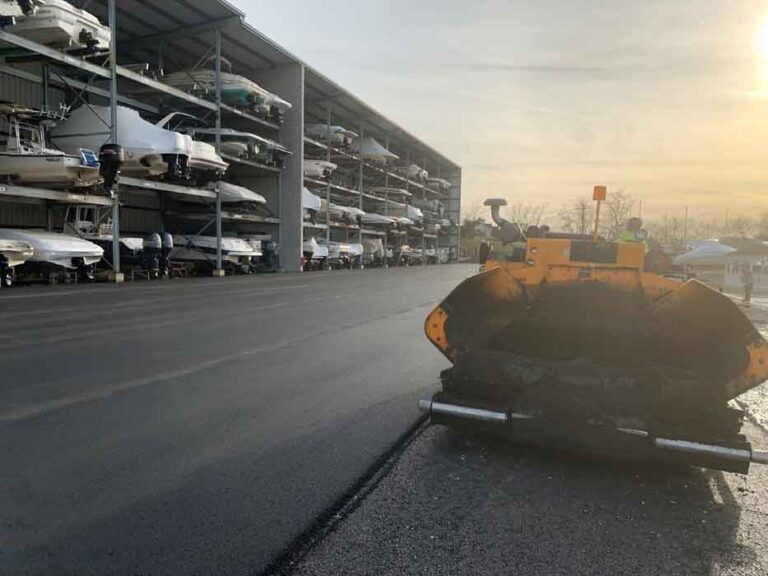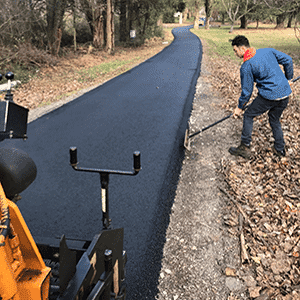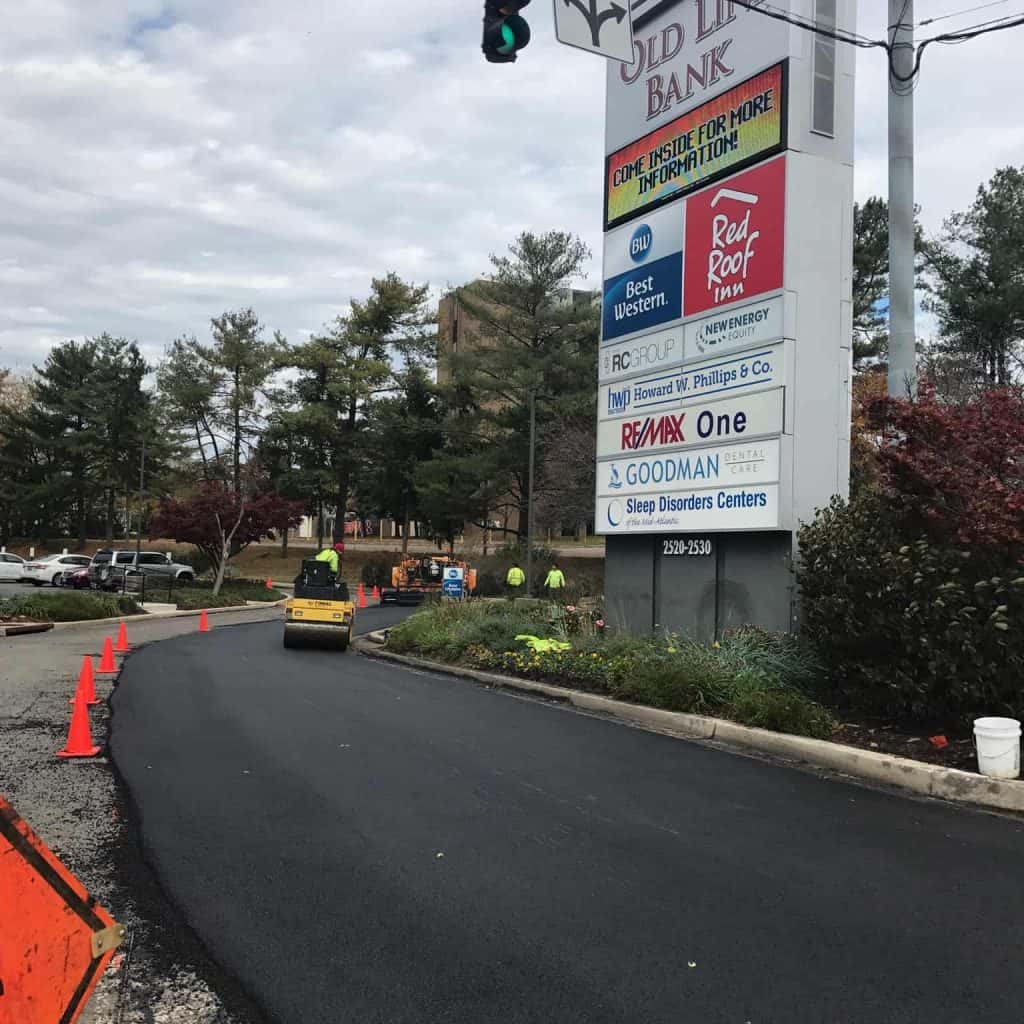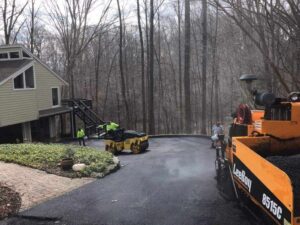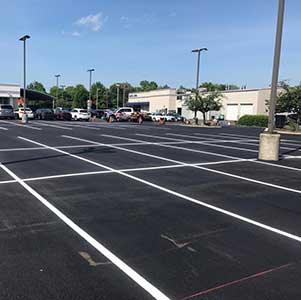When it comes to winter asphalt paving, where you live in the country will change the answer to this question. If you happen to live in the South or Southwest, where temperatures routinely stay above 55 degrees Fahrenheit, you’ll have no issues with paving in wintertime. It is necessary for the ground to be warm in order to safely pave a driveway, and in those locations, the ground normally stays warm enough for paving all year round. However, it’s a much different story in the North and especially the Northeast.
Problems with winter paving
In a typical cold-weather location like most Northern cities, it may be difficult to even procure asphalt for paving, since there is far less paving done during that time of the year. With demand being so low, it simply does not warrant having asphalt on hand for sale to customers. Of the two types of asphalt, hot-mix asphalt is the variety that would be less suitable for winter time paving, because it must stay hot before being installed, and chances are it would cool off on the way to the install site.
Cold-mix asphalt would work better, but not for an entire driveway. Cold-mix asphalt is often used to fill potholes or other gaps in pavement or driveways, but not for whole driveways, because it cannot be paved. It is perfectly suitable for any type of weather at all, but because it cannot be paved, there’s no way you could install an entire driveway with it. When the ground is cold, no asphalt patching or paving of any kind should be attempted, because it will not mix, set, or cure properly if the temperature is too cold.
The best solution
The bottom line is, you might get lucky and have a string of relatively warm weather, but you’ll need to maintain 55+ degrees for about four days in order to successfully pave your driveway.
Your best alternative is to contact an asphalt paving company and start planning for a springtime installation. You can get quotes from several contractors, check the background of a number of companies, and get your date locked in right now, so you can avoid the predictable springtime rush and subsequent soaring demand for services. Since most homeowners plan their paving projects in the spring, you’ll end up with some stiff competition if you wait until March or April to start planning.
By setting up your appointment now, you’ll be ahead of everyone else and you’ll be near the top of the list when it comes time to start paving. Of course, that may not be set in stone, for instance if you have a particularly wet spring, but even so you’ll have your place secured and you’ll be sure of having the work done at the earliest opportunity. It will be much better for the asphalt if it is installed at a time when there is no excessive precipitation, no frigid weather, and relatively calm conditions for paving.
A dry spring afternoon will provide the best opportunity for laying down a new driveway, because there will be no excessive moisture to weaken the base or to cause too rapid cooling of the asphalt. If you get your project scheduled with a trusted local contractor, you can expect your driveway to be installed the first time you have a 60-degree day next spring.

